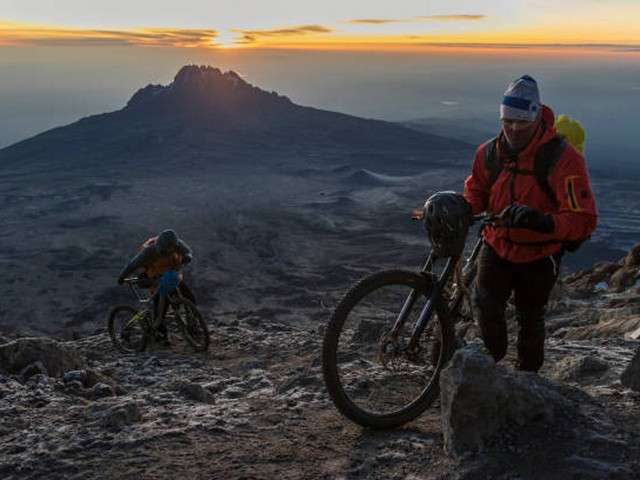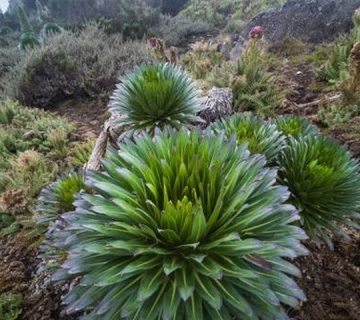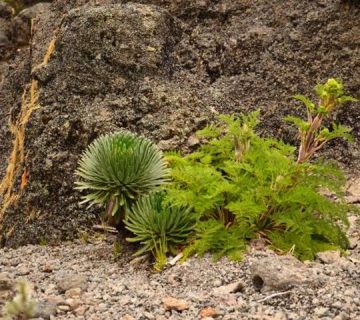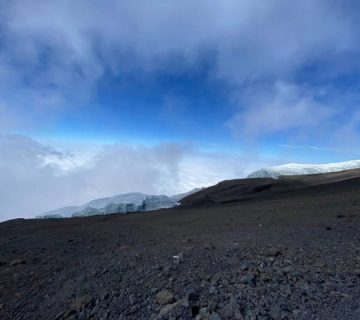Sustainable Trekking Clothing For Kilimanjaro: A Guide to Ethical Adventure
Welcome to the Kilimanjaro Centre for Trekking and Ecotourism (KCTE), where we believe in merging the thrill of adventure with the principles of sustainability. When preparing for the mighty ascent of Mount Kilimanjaro, choosing the right clothing is not just about comfort and protection; it’s also about respecting the pristine beauty of Africa’s highest peak. In this detailed guide, we’ll explore why sustainable trekking clothing is essential for your Kilimanjaro adventure and how it contributes to a greener planet.
Why Choose Sustainable Trekking Clothing?
Trekking Kilimanjaro is an experience of a lifetime. As you journey through five unique ecosystems — from lush rainforests to alpine deserts and arctic summits — the clothing you choose plays a pivotal role in your comfort and success. Opting for sustainable trekking clothing ensures that while you are achieving your dreams, you are also preserving the environment and supporting ethical practices in the apparel industry.
1. Environmental Impact
Conventional trekking gear often relies heavily on non-renewable resources and is produced in ways that can be harmful to the environment. Sustainable clothing, on the other hand, uses eco-friendly materials and responsible manufacturing processes that minimize waste, reduce carbon footprints, and conserve wildlife habitats.
2. Social Responsibility
Choosing brands that adhere to fair trade practices means supporting equal and ethical treatment of workers in the industry. It’s about ensuring that the hands that crafted your trekking gear are working under safe conditions and receiving fair wages.
3. Long-lasting Quality
Sustainably made clothing often comes with the promise of durability. Investing in high-quality, resilient, and adaptable trekking outfits not only prepares you for the diverse climates of Kilimanjaro but also means less frequent replacements and reduced waste.
Choosing Your Kilimanjaro Wardrobe: What to Look For
Embarking on the Kilimanjaro climb requires gear that stands up to the mountain’s varying climates. Here’s what to consider when selecting your trekking attire:
Sustainable Materials
- Merino Wool: Excellent for base layers, merino wool is not only renewable and biodegradable but also provides outstanding temperature regulation and odor resistance.
- Recycled Polyester: Ideal for outer layers, recycled polyester gives a second life to plastic bottles and other plastic products, reducing waste and dependency on fossil fuels.
- Organic Cotton: For less strenuous phases of your trek, organic cotton offers a soft and chemical-free alternative that is better for both your skin and the environment.
Ethical Brands
Look for brands committed to sustainable practices at every level of production. Certifications such as Fair Trade, Bluesign, GOTS (Global Organic Textile Standard), or OEKO-TEX can be good indicators of a brand’s commitment to environmental and social responsibility.
Functional Yet Stylish
Today’s eco-friendly trekking attire is designed to be both functional and fashionable. From sleek, heat-retaining jackets to moisture-wicking shirts and supportive, breathable footwear, you can climb in style while committing to sustainability.
Layering for Success on Kilimanjaro
The key to staying comfortable on Kilimanjaro is layering. Here’s how to do it right with sustainable clothing:
- Base Layer: Keeps you dry and warm by wicking away sweat. Opt for merino wool or bamboo fabric.
- Mid Layer: Adds insulation. Fleece made from recycled materials is a great choice.
- Outer Layer: Protects from wind and rain. Look for jackets made from recycled nylon or polyester.
- Accessories: Don’t forget hats, gloves, and neck gaiters made from sustainable materials to protect against the sun and cold.
Caring for Your Sustainable Trekking Gear
Proper care extends the life of your gear, reduces environmental impact, and ensures it’s ready for your next adventure. Clean and maintain your clothing according to manufacturer instructions, typically favoring cold water washes and natural drying. Repair small tears and wear to avoid replacing items prematurely.
Why Book Your Kilimanjaro Climb with KCTE?
At KCTE, we champion sustainable tourism practices not just in clothing but in every aspect of our treks. By booking your Kilimanjaro adventure with us, you contribute to local conservation efforts and community empowerment projects. Our expert guides, who are deeply familiar with Kilimanjaro’s unique environment, ensure a safe, enjoyable, and eco-conscious expedition.
FAQ: Sustainable Trekking Clothing for Kilimanjaro
What is the best sustainable fabric for Kilimanjaro trekking?
Merino wool is highly recommended for base layers due to its breathability, insulation, and natural anti-bacterial properties.
Can sustainable clothing really withstand the harsh conditions of Kilimanjaro?
Absolutely! Today’s sustainable fabrics are designed to offer durability and comfort, capable of withstanding extreme conditions without compromising on environmental values.
How does choosing sustainable gear contribute to conservation?
By supporting brands that use eco-friendly materials and ethical practices, you help reduce environmental damage and promote the sustainability of the natural habitats around Kilimanjaro.
Where can I buy sustainable trekking clothing?
Look for outdoor apparel brands that emphasize sustainability in their production. Reading labels and checking for sustainability certifications can guide you in making responsible choices.
Embark on Your Sustainable Journey with KCTE
Ready to take on Kilimanjaro with a conscience? By choosing sustainable trekking clothing, you protect the very landscapes you’ll traverse. Kilimanjaro Centre for Trekking and Ecotourism (KCTE) is here to guide you through every step of your journey — responsibly. Book your climb with us today and experience the majestic Kilimanjaro in the most sustainable and unforgettable way. Adventure awaits!
Embrace the beauty of Kilimanjaro and the power of sustainable choices. Let’s climb higher, together — sustainably.




